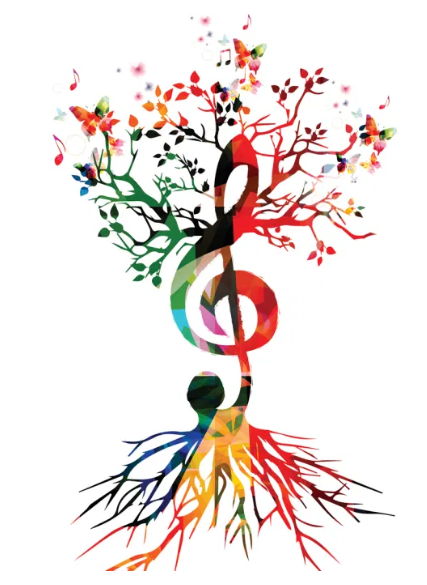Music

Aims
The national curriculum for music aims to ensure that all pupils:
- perform, listen to, review and evaluate music across a range of historical periods, genres, styles and traditions, including the works of the great composers and musicians
- learn to sing and to use their voices, to create and compose music on their own and with others, have the opportunity to learn a musical instrument, use technology appropriately and have the opportunity to progress to the next level of musical excellence
- understand and explore how music is created, produced and communicated, including through the inter-related dimensions: pitch, duration, dynamics, tempo, timbre, texture, structure and appropriate musical notations.
Intent
Music is intrinsically valuable but supports learning in all other areas of the curriculum.
At Decoy, our intent is to allow children to believe that they are all musicians; capable of enjoying music, listening critically, singing, composing, recording and performing in a variety of groups and settings.
From the very beginning of their journey at Decoy, children will make music and begin to learn about notation and other ways of representing music symbolically. Much of our music-making will be cross-curricular and diverse and will include music from around the world; from all genres, historic and present day.
As children progress through the school, they will engage with music with increasing sophistication and have access to recording and music-creation technology, visiting experts, whole class instrumental tuition and off-site visits to listen to and perform music.
Implementation
Music is delivered as a discreet subject but is also embedded into lessons where children might, for example, create a soundscape to represent a key event in history which they are studying. There are weekly singing assemblies where children don't just sing together; they will listen to a variety of styles of music, find the beat, clap rhythms. We have several musicians amongst the teaching staff, whose skills are used in lessons, children have access to Whole Class Ensemble tuition as well as individual instrumental lessons and, in addition, Charanga is used to support their learning.
